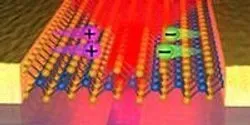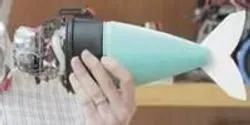News

Microarray analysis - a complex technology commonly used in many applications such as discovering genes, disease diagnosis, drug development and toxicological research - has just become easier and more user-friendly. A new advanced software program called Eureka-DMA provides a cost-free, graphical interface that allows bioinformaticians and bench-biologists alike to initiate analyses, and to investigate the data produced by microarrays. The program was developed by Ph.D. student Sagi Abelson of the Rappaport Faculty of Medicine at the Technion-Israel Institute of Technology in Haifa, Israel.

Supported by a $953,958 grant from the Defense Advanced Research Projects Agency (DARPA), researchers at the University of California San Diego will develop a sophisticated new biosensor that can protect the nation’s water supplies from a wide range of toxins, including heavy metals and other poisons.

Most modern electronics, from flat-screen TVs and smartphones to wearable technologies and computer monitors, use tiny light-emitting diodes, or LEDs. These LEDs are based off of semiconductors that emit light with the movement of electrons. As devices get smaller and faster, there is more demand for such semiconductors that are tinier, stronger and more energy efficient.

Virginia Tech faculty engineers and students are unravelling fundamental chemical and health properties of the chemical that contaminated the drinking water for the residents of West Virginia.

Scientists at the University of East Anglia have identified four new man-made gases in the atmosphere – all of which are contributing to the destruction of the ozone layer.















